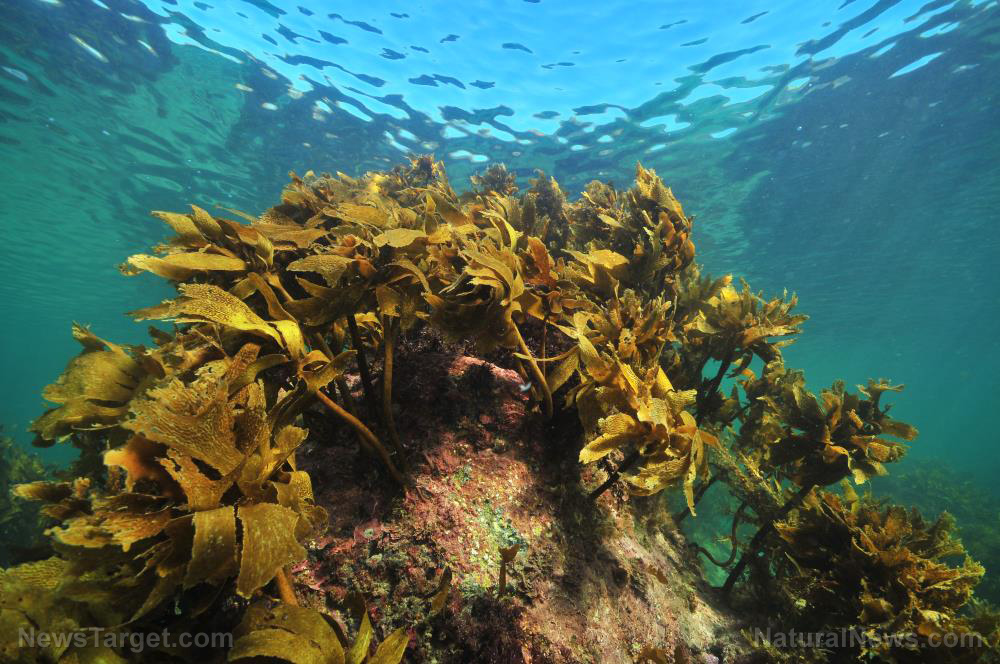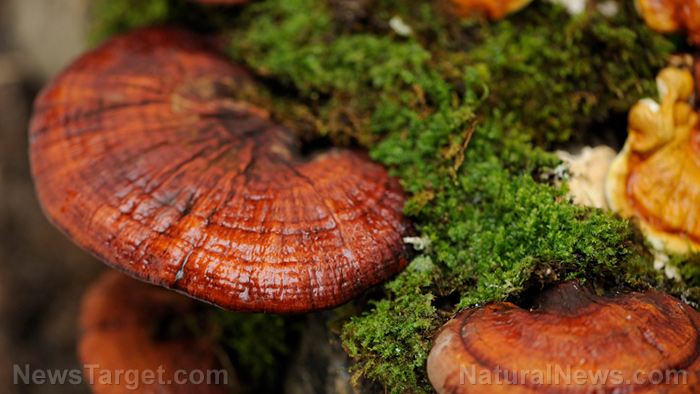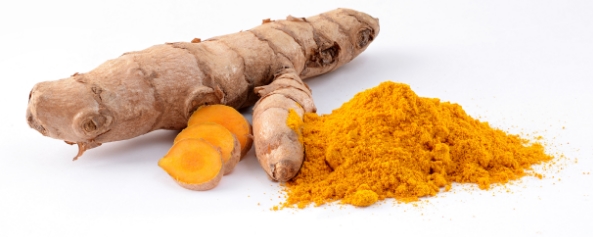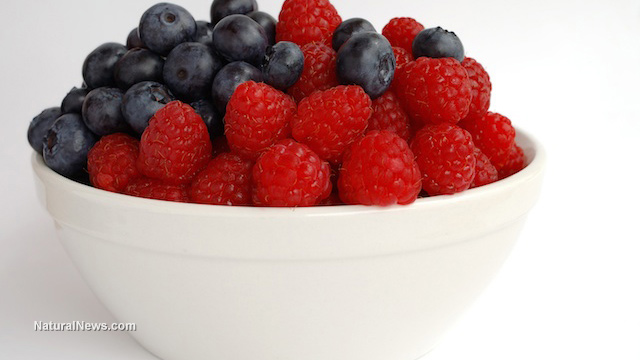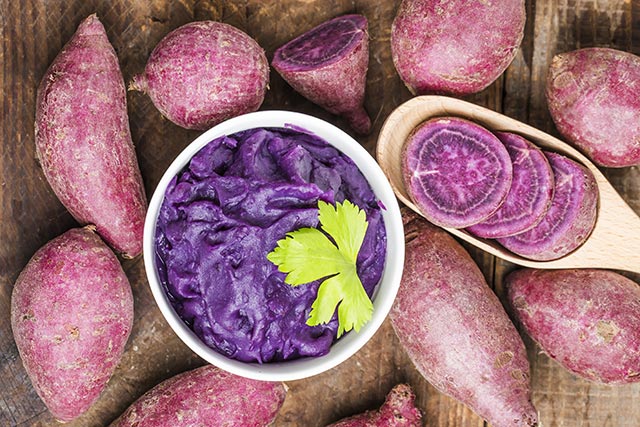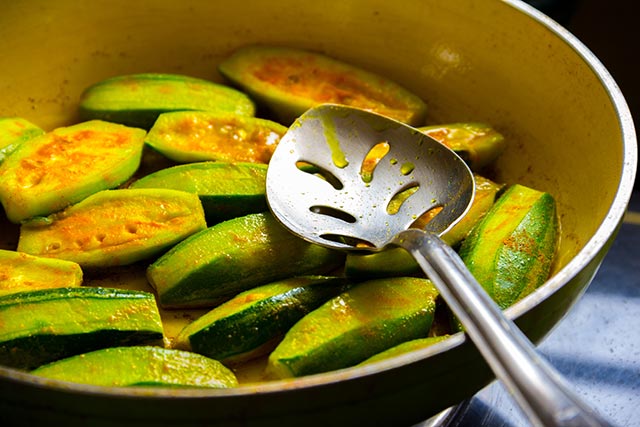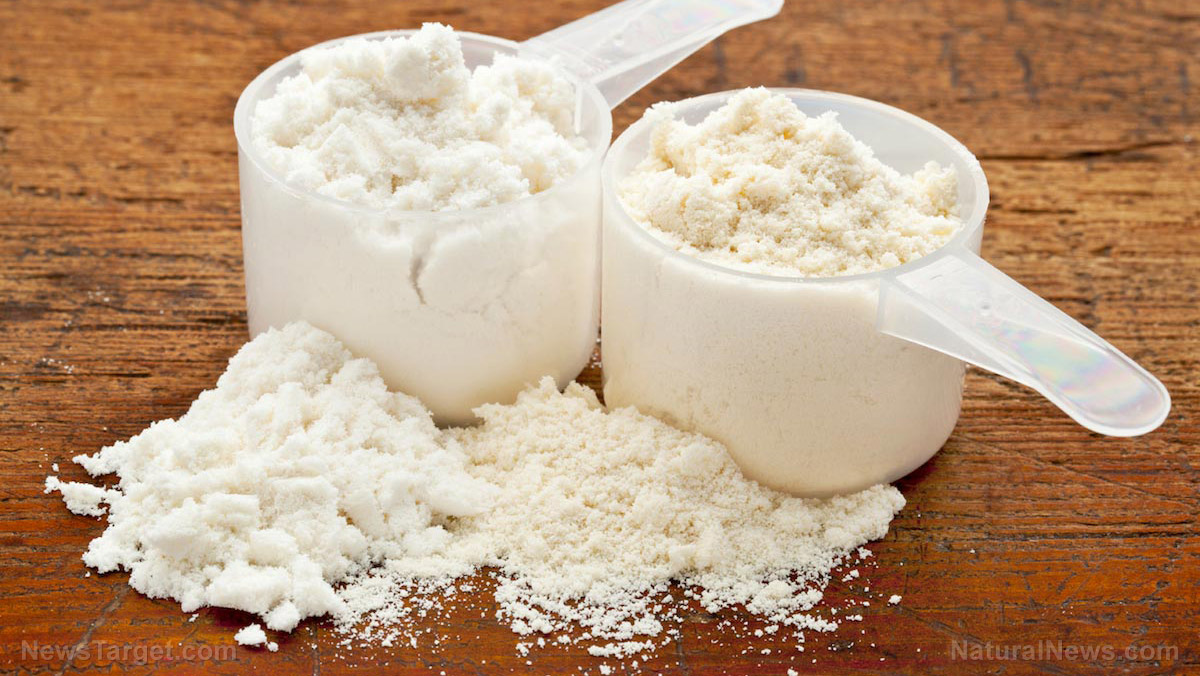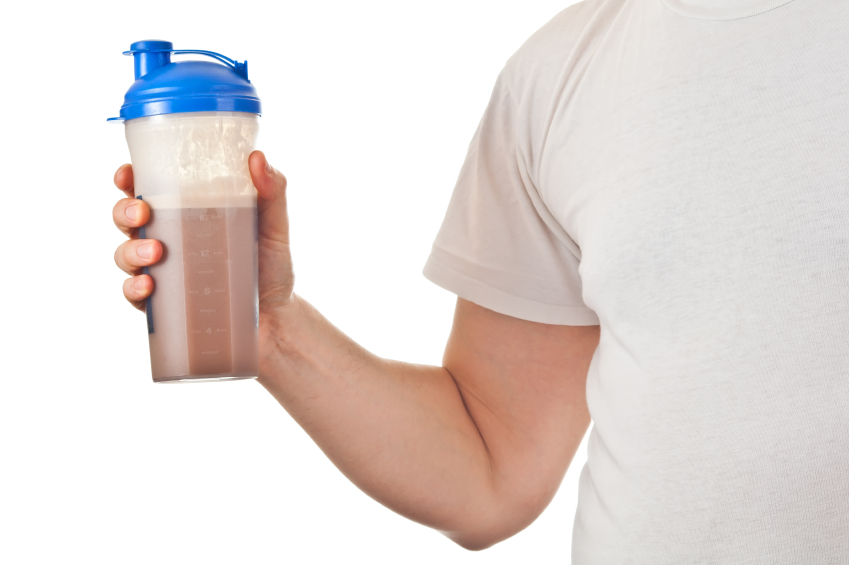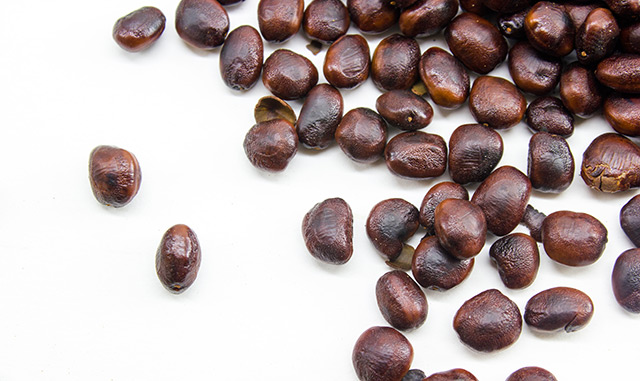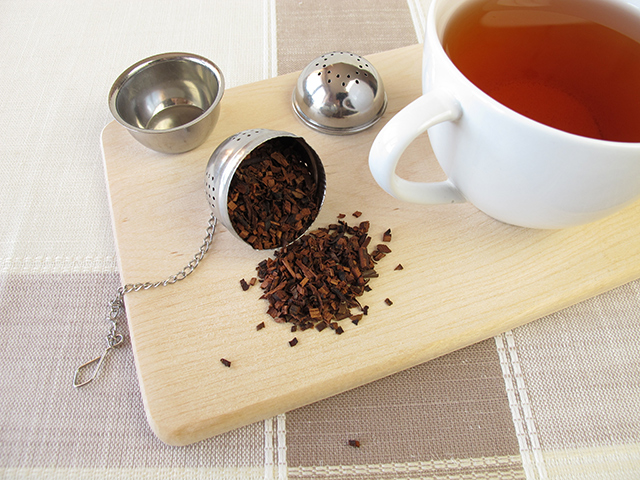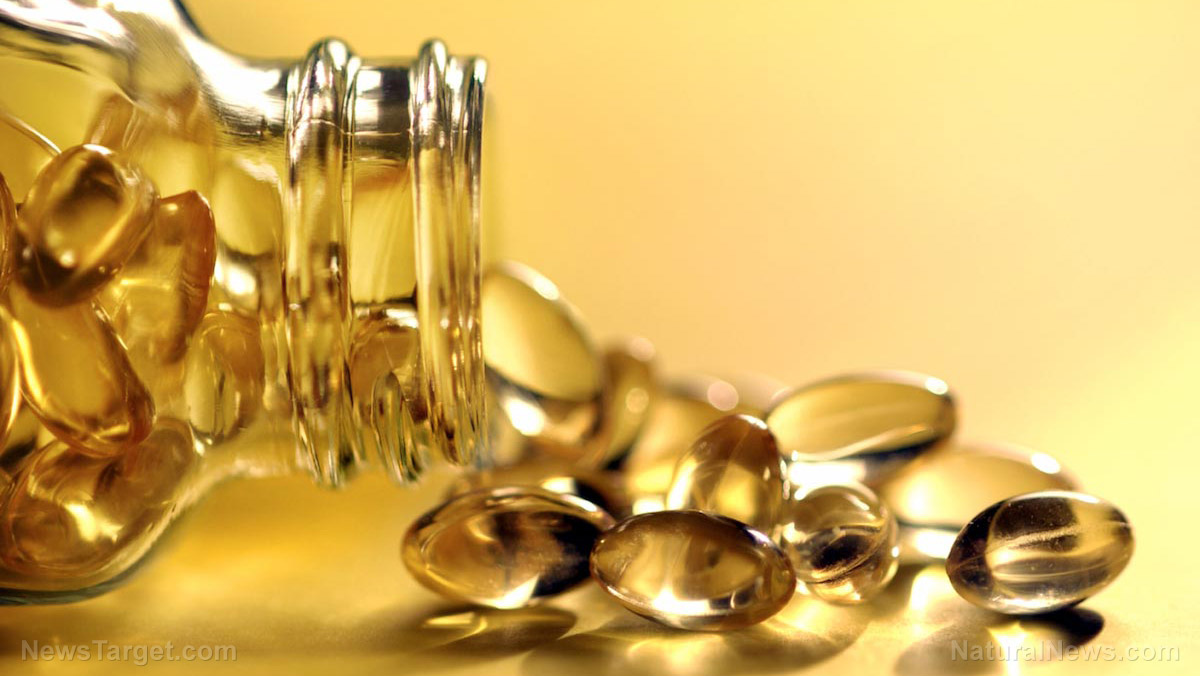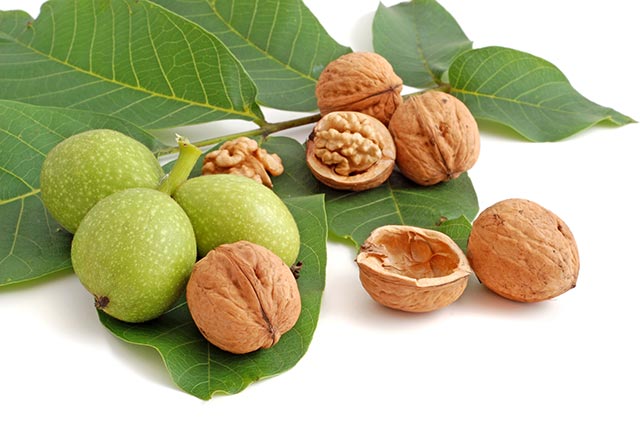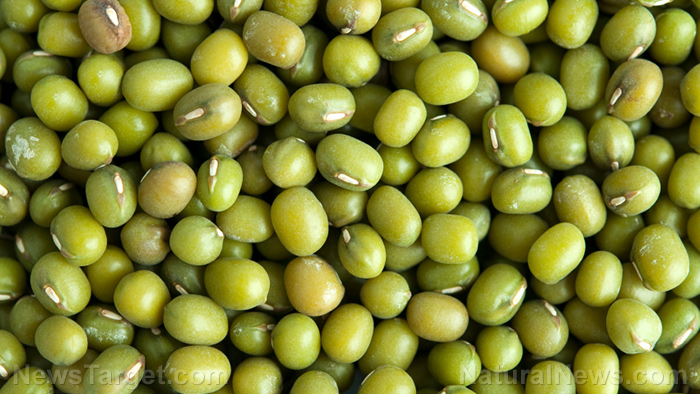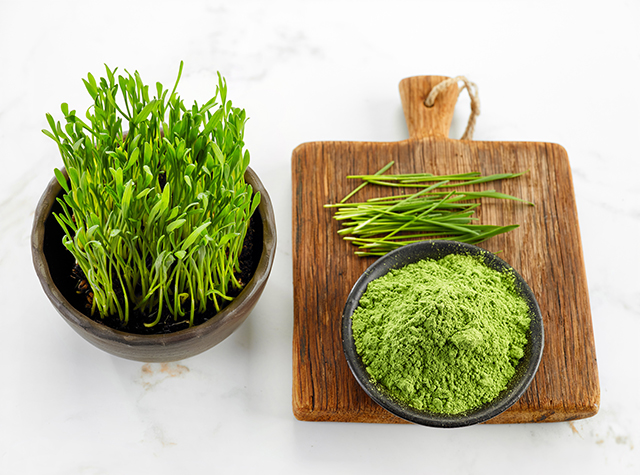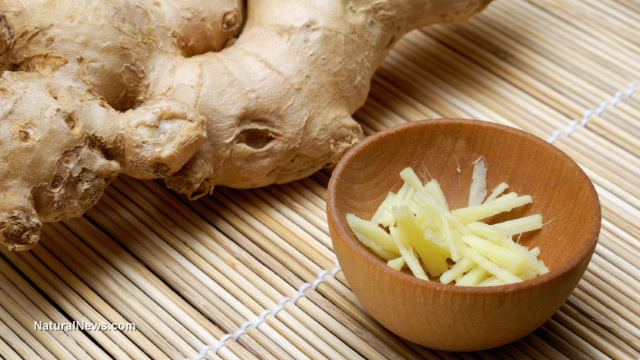Researchers look at the cardioprotective, antioxidant, and anti-inflammatory properties of maoberry
04/03/2019 / By Michelle Simmons
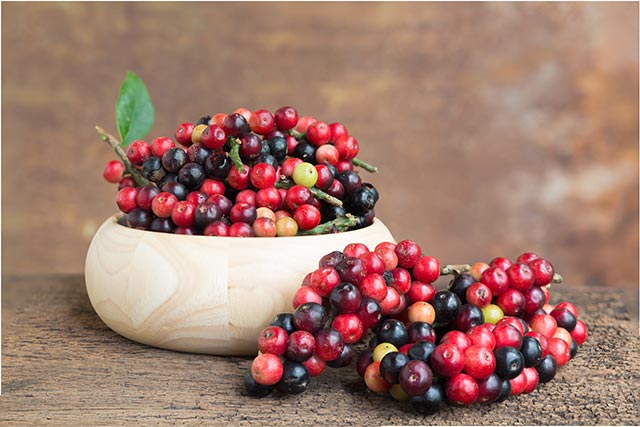
A study published in the journal BMC Complementary and Alternative Medicine concluded that maoberry (Antidesma bunius) contains antioxidant and anti-inflammatory properties. These properties contribute to the prevention of cardiovascular diseases.
- A team of researchers at Mahidol University in Thailand sought to determine the effects of maoberry, an antioxidant-rich tropical fruit, on oxidative stress and inflammation in cardiac tissues of rats fed a high-fat diet.
- In the study, the research team fed rats with a high-fat diet to increase their cholesterol levels.
- Consuming foods high in fat is associated with an increased risk of cardiovascular disease.
- Preventing or reducing the progression of cardiac tissue deterioration could help with cardiovascular disease.
- Then, they gave them maoberry extract at doses 0.38, 0.76 or 1.52 grams per kilogram (g/kg) or 10 milligrams per kilogram (mg/kg) of simvastatin (a lipid-lowering drug) for 12 weeks.
- The treatment with maoberry extract significantly reduced oxidative stress and increased antioxidant capacity in cardiac tissues of the rats.
- In addition, maoberry extract substantially downregulated the expressions of genes involved with inflammation, such as tumor necrosis factor-alpha (TNF-alpha), interleukin-6 (IL-6), vascular cell adhesion molecule-1 (VCAM-1), monocyte chemoattractant protein-1 (MCP-1), and endothelial nitric oxide synthase (eNOS).
In conclusion, the findings of the study indicate that maoberry extract can be used to prevent the progression of cardiac tissue damage by reducing oxidative stress and fighting inflammation.
Read the full text of the study at this link.
To read more studies on protecting the heart from diseases naturally, visit ReverseHeartDisease.news.
Journal Reference:
Udomkasemsab A, Ngamlerst C, Adisakwattana P, Aroonnual A, Tungtrongchitr R, Prangthip P. MAOBERRY (ANTIDESMA BUNIUS) AMELIORATES OXIDATIVE STRESS AND INFLAMMATION IN CARDIAC TISSUES OF RATS FED A HIGH-FAT DIET. BMC Complementary and Alternative Medicine. 27 December 2018; 18:344. DOI: 10.1186/s12906-018-2400-9
Tagged Under:

